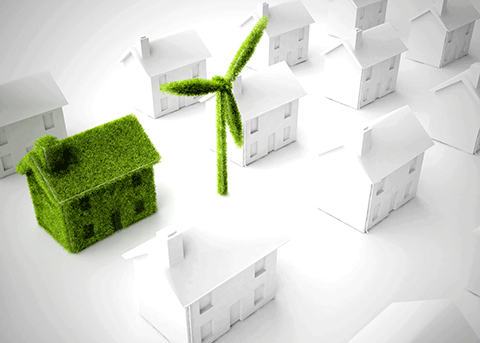In late April, Vladimir Kochkin, director of building science at Home Innovation Research Labs, had a code change he co-sponsored to improve coordination between energy code and building code requirements approved by an International Code Council (ICC) committee.
The purpose of the code change is to provide designers and builders with more options for building energy-efficient and durable walls for compliance with existing energy codes and energy programs. Along with Kochkin, the code change was co-sponsored by Jay Crandell, representing the Foam Sheathing Committee of the American Chemistry Council.
“Because we are able to engage directly with builders constructing energy-efficient homes across the country,” Kochkin says, “we get firsthand knowledge of the types of solutions the industry is seeking as it transitions to the next generation of building codes and construction solutions. Then, we can apply our building science expertise to find the ‘sweet spot’—the most practical intersection of energy efficiency, durability, and ease of construction.”
The code change coordinates the requirements for continuous insulation with provision for Class II vapor retarder (e.g., Kraft paper). As a result, less foam sheathing can be required on the exterior surface of walls with continuous insulation while still ensuring good moisture performance of the wall assembly. This change will enable solutions that are more practical to build in the field—for example, cladding and windows are easier to install with less foam sheathing required on the outside wall.
The code change will also allow builders to continue to use Kraft paper—the tried-and-true longtime industry favorite—or take advantage of modern materials, such as responsive or “smart” vapor retarders. In this way, traditional 2×4 and 2×6 walls with Kraft paper vapor retarder and R-5 foam sheathing can deliver the overall wall R-value required by the energy code with only minimal changes from conventional practices.
The code change proposal was informed by a multiyear research program, conducted by Home Innovation Research Labs, that studied energy-efficient wall systems.
For more information about the research program, click here.



